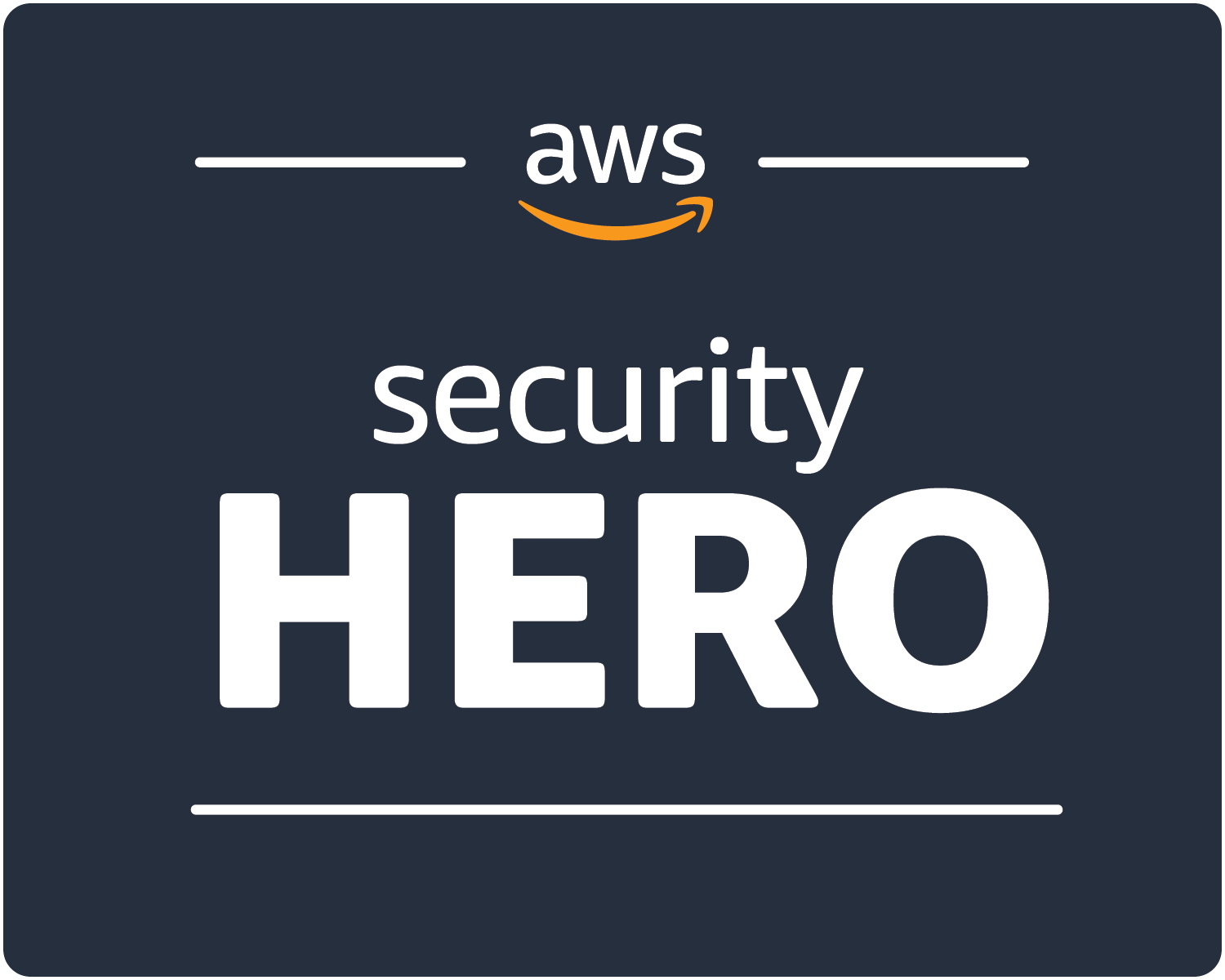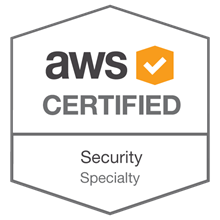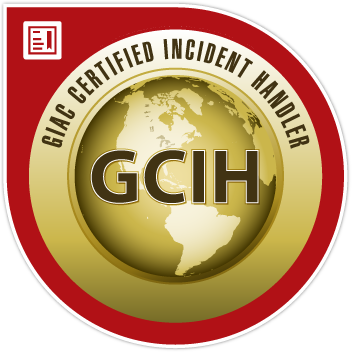This post is contains all the queries from my talk SEC339 at re:Invent 2019. Yes, it is very similar to the talk I gave at re:Inforce.
The focus is on the Preparation & Identification aspects of the SANS Incident Response framework.
Preparation The tools we need here are:
Centralized CloudTrail Centralized GuardDuty Antiope Splunk. CloudTrail We centralize all our CloudTrail events from all our accounts into a single bucket.











